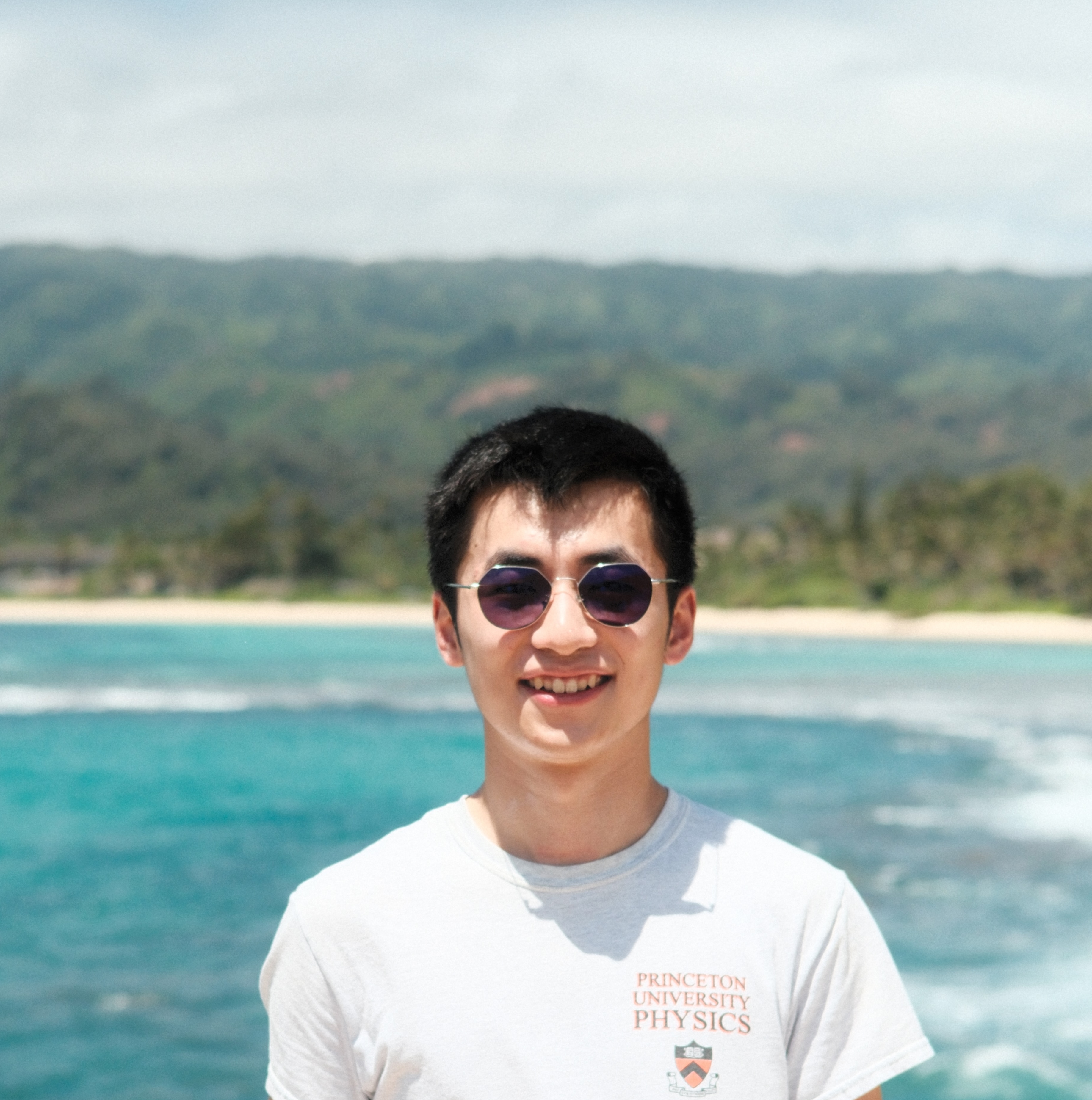About me
Hi! I am Qiwei Yu (俞启威, pronounced as Chee-way Yoo). I am a Ph.D. candidate in Biophysics and a Harold W. Dodds Fellow at Princeton University, co-advised by Andrej Košmrlj and Ned Wingreen. My research interests span biophysics and statistical physics. Coming from a theoretical physics background, I enjoy using theories of nonequilibrium statistical mechanics to understand crucial biological processes and functions, for example, in intracellular phase separation (eLife 2025, Nature 2025, bioRxiv 2025), chemotaxis signaling (PNAS 2023, Nat. Commun. 2024), flocking (PRL 2022), and kinetic proofreading (J. R. Soc. Interface 2022, JPCL 2020). I am also interested in theoretical questions in stochastic thermodynamics (PRL 2021, PRE 2022, JSTAT 2024, arXiv 2025).
Before coming to Princeton, I did undergraduate research at the Center for Quantitative Biology at Peking University with Yuhai Tu, and at the Center for Theoretical Biological Physics at Rice University with Oleg Igoshin and Anatoly Kolomeisky. I also spent a few summers as an intern at the IBM T. J. Watson Research Center in Yorktown Heights, NY.
I am passionate about communicating science to a broad audience through popular journals, such as Princeton Insights.
Please feel free to send me an email if you are interested in collaborating or simply having a chat about science!
